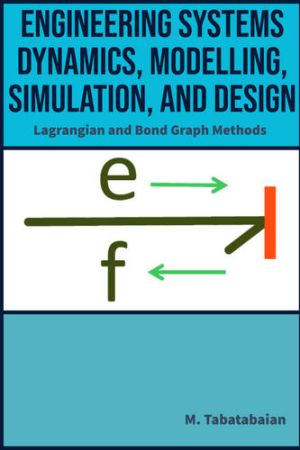White Dwarf’s Unexplainable Rapid Spin Finally Decoded by Scientists
The white dwarf star RX J0648.0–4418, 1,700 light-years away, spins at a rapid pace of 13 seconds per rotation. Part of a binary system with a helium-burning hot subdwarf star, it continues to shrink while accreting material. This rare and short-lived system provides a unique view into stellar evolution. Approaching the Chandrasekhar limit, RX J0648.0–4418 is expected to explode in a supernova within 100,000 years.

A white dwarf star, located approximately 1,700 light-years away from Earth, was observed to be shrinking while continuing to steal stellar material from its companion star. Known as RX J0648.0–4418, this star is part of a unique binary system involving HD 49798, a helium-burning hot subdwarf star. The white dwarf is rapidly spinning, completing one rotation roughly every 13 seconds, and is believed to be approaching a critical mass limit, potentially leading to a supernova explosion within 100,000 years.
Unique Characteristics of RX J0648.0–4418
According to a study published in the pre-print journal arXiv by Dr. Sandro Mereghetti of the National Institute of Astrophysics (INAF), RX J0648.0–4418 is distinguished by its exceptional rotational speed and the nature of its companion.
Unlike most X-ray binaries, this system involves a white dwarf accreting material from a hot subdwarf star, an evolutionary phase considered rare and short-lived. The white dwarf's rapid spin cannot be solely attributed to the material it accretes, as its accretion rate has been calculated to be insufficient to account for the observed spin-up.
The Science Behind the Rapid Rotation
Space.com, in a report, indicated that the star's increasing speed could result from its contracting size, which reduces its moment of inertia. This phenomenon likened to an ice skater pulling in their arms to spin faster, is believed to occur as the white dwarf ages over millions of years. Unlike most white dwarfs, which are billions of years old, RX J0648.0–4418 is relatively young, allowing scientists to observe these changes in real time.
Implications for the Future
As RX J0648.0–4418 accretes more mass, it approaches the Chandrasekhar limit of 1.4 solar masses, beyond which a supernova explosion becomes inevitable. The donor star's expansion in the future is expected to accelerate the white dwarf's mass gain, hastening its collapse. While the explosion may occur in 100,000 years—an instant in cosmic terms—research into this system continues to uncover valuable insights into the evolution of binary stars.












)

























































